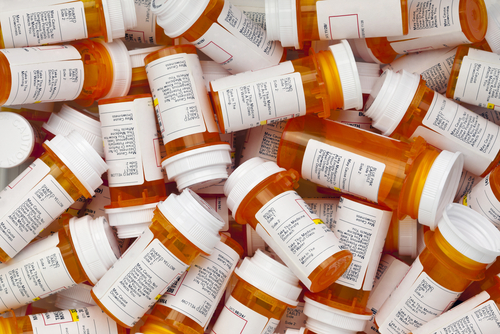Mass Tort Lawsuits and Medicine: the Basics
A mass tort lawsuit is similar to a class action lawsuit in that it represents many people with the same claim. Both types of suit are designed to group numerous similar cases into a single investigation. Unlike in a class action case, where lawyers go court on behalf of the group as a unified whole, in a mass tort case each claimant is still considered to have an individual suit. One of the most common uses for this type of lawsuit is in the case of harmful medications in which many patients are harmed by the same drug, and lawyers pool evidence into a single case to try hold the pharmaceutical company responsible.
The key to mass tort cases involving prescription medicine is proving causation. It is one thing to show that many patients suffered over the course of treatment, but to win a mass tort case, they must also prove that the pharmaceutical company caused that harm. Showing causation has multiple components. The first is proving that the medication actually penetrated patients’ tissue. Then one must show that the medication came from the defendant, and then that it caused an injury. Each of these steps will undoubtedly require expert testimony, and evidence on a mass scale. Time is on the pharmaceutical company’s side, as many states have limited time in which to file a lawsuit under the statutes of limitation.
A Changing Landscape in Mass Torts?
The main tension to be addressed is between achieving justice for individuals by way of a broad “remedy”. Is resolving that tension possible? Increasingly, many in the legal world are questioning the currently accepted procedure of a mass tort case in cases involving damages associated with prescription medicines. It may be too easy, for example, for pharmaceutical companies to run down the clock on statutes of limitation. On the other hand, there is the problem of how scientific evidence gets used in the courtroom, as much of the weight of these cases turns on this information. If the case is to move forward for the plaintiffs, sometimes research must be done more quickly than is ordinarily required by scientific standards.
This tension is compounded by the fact that while mass torts cases are often a national affair, the laws surrounding them are cobbled together by the 50 states. In the future, legislators may push for federal laws that reduce the system’s reliance on mass torts cases. This could include expanding social security disability benefits, or enacting stricter legislation regarding clinical trials to better avoid the prescription of harmful medications. Alternatively, the federal government could introduce its own fines and taxes on irresponsible pharmaceutical companies. Removing one of the legal profession’s principal methods of pursuing pharmaceuticals will surely not be a smooth transition, and only time will tell how a balance will be found.


One thought on “Mass Tort and Prescription Medicine”